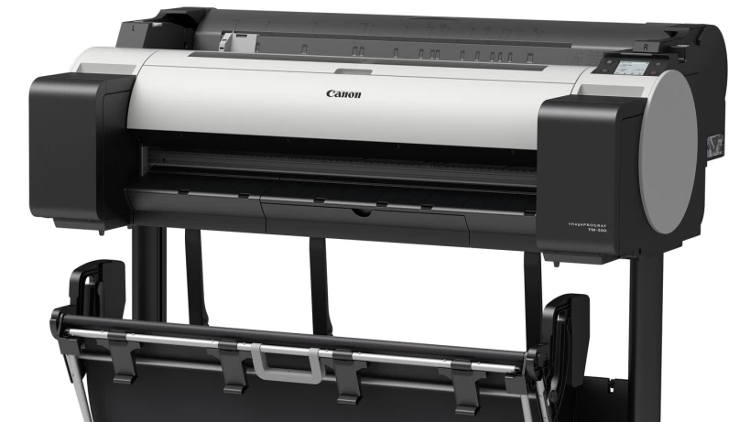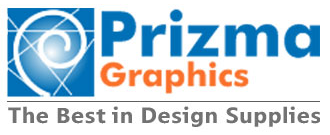Comparing the Canon TM-300 with the HP DesignJet T630 for your A0 printing needs

There’s a reason why – here at Prizma Graphics – we don’t just emphasise the potential functionality and usefulness of the actual printing equipment in our stock, but also the professionalism and responsiveness of our service: both can be important to ensuring you benefit from the right solution.
We were reminded of this by a call we recently received from someone who was reading our recent blog post on the HP DesignJet T630 plotter printer. After discussing with her what she was attempting to achieve, we eventually determined together that the Canon was more suited to her requirements.
Situations like this should underline why, if you’re comparing plotter printers and unsure of the most appropriate option for you, it’s always worth calling us before you buy. This will help to ensure the plotter you do eventually purchase is a good fit for your intended use.
So, what does differentiate these printers?
When it comes to finding the most suitable A0 printer, both the Canon TM-300 and HP DesignJet T630 are – of course – highly impressive machines, offering great value for money for any design office. However, there are aspects to each model that should guide you in your efforts to make the best choice for your own needs.
Those aspects include the respective printers’ memory, the Canon’s 2GB memory comparing to the 1GB available in its HP counterpart. This allows for a faster print speed – and sure enough, the TM-300 inkjet printer is capable of delivering A1 prints in 24 seconds, with A0 prints taking just 40 seconds. This compares to 30-second A1 prints from the HP T630, and 60-second A0 prints.
The five-ink Canon vs the four-ink HP
It’s also worth noting that the HP is restricted to four ink colours. The Canon, meanwhile, is a five ink printer, with an additional matte black 130ml ink alongside the photo black, cyan, magenta and yellow, each of which contain 90 ml of ink. This compares well with the HP T630 with its 29ml size inks for cyan, magenta and yellow and 80ml in the case of the black.
This indicates that the Canon would be the better choice for those that largely need to produce full colour prints, with less ink changes required, while the HP lends itself more to CAD prints with the occasional full colour presentation print.
Bear in mind also that a generous 490ml in inks is included with the Canon on purchase. While the HP also comes with a set of starter inks, HP doesn’t state the volume. We would therefore recommend purchasing an additional set of inks if you do plump for the T630.
The type of inks used in both printers also lends each printer to specific applications. Canon uses waterproof pigment inks, whereas the HP’s inks are dye-based, except for the black pigment ink. This makes the Canon an attractive option if taking prints on-site and for short-term colour posters and signs.
How else do these printers help to make life easier?
The compact dimensions of both of these printers are worthy of note. The Canon TM-300 inkjet printer, however, has been designed with a flat back that can be placed against a wall to save space. It is also a very quiet printer, producing 60% less noise than previous models – another characteristic that helps to make it ideal for a small office.
Meanwhile, many users are sure to appreciate the HP’s paper tray for A3/A4, which operates without removing the paper roll. That’s great news for those designers – such as landscape, interior, product and graphics designers – printing A4 upwards.
With both printers also coming with a one-year warranty, and offering such further features as strengthened security and manufacture from 30% recycled plastic in the case of the HP, a feature here at Prizma Graphics that we are keen to promote, it’s clear that these are both formidable A0 printers for a broad range of requirements.
Reach out to our team for further advice and guidance
As we touched on above, here at Prizma Graphics, we’re always happy to assist customers by providing advice on their particular requirements and guiding them towards the solution that is likely to best suit them.
So, for a more in-depth conversation with our team about your own needs, please don’t hesitate to get in touch via phone or email.
